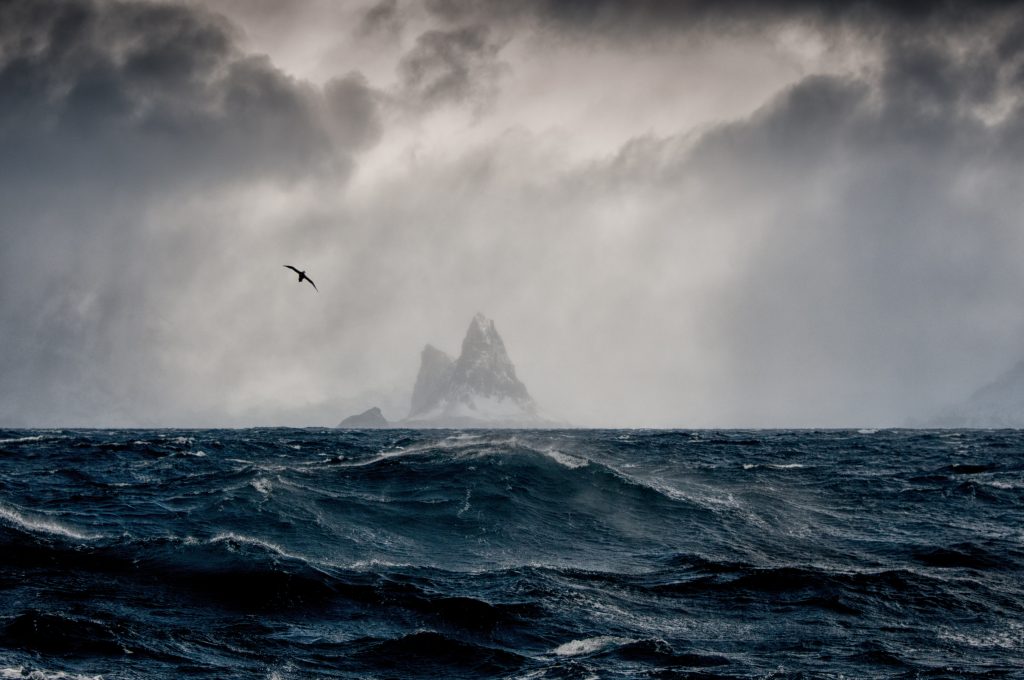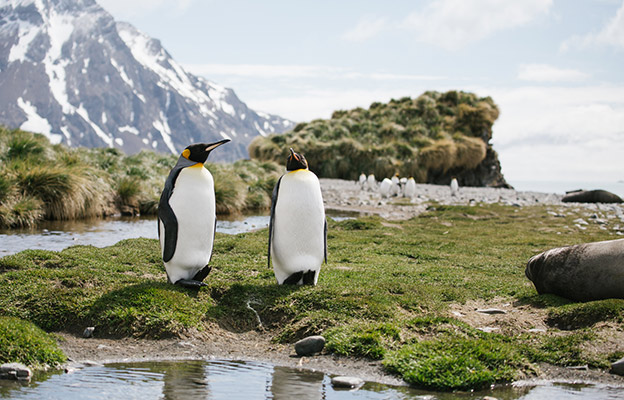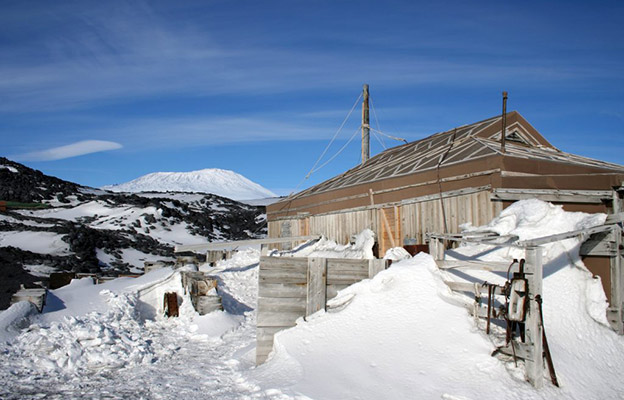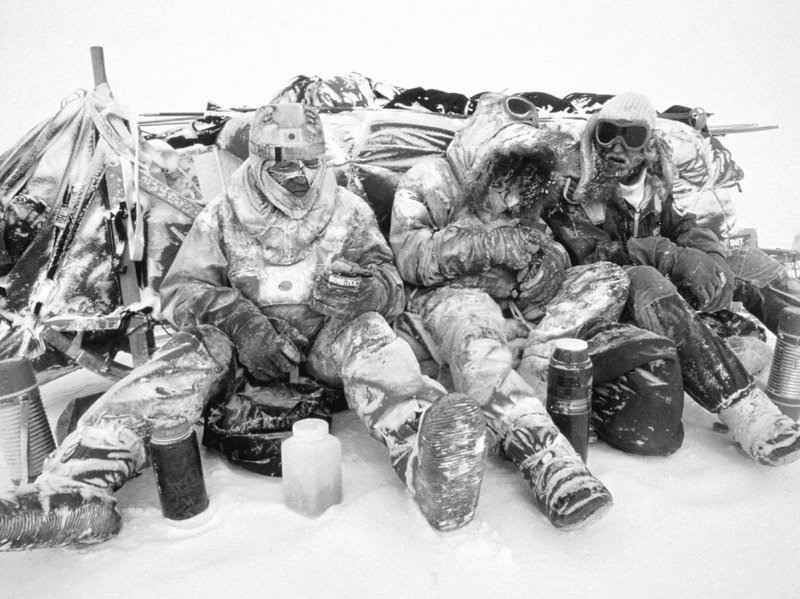Could you Survive on Ernest Shackleton’s Diet?
Move aside Atkins and Keto, for we have a diet plan that’ll revolutionize the world. Think you’ve got what it takes to survive on an Antarctic explorer’s diet? Read on to find out!
As the author of Hoosh: Roast Penguin, Scurvy Day and Other Stories of Antarctic Cuisine so cleverly quipped, Antarctica’s history has always been intertwined with food or, rather, the importance of having enough. Antarctic explorers’ journeys, he states, were “as much about hunger as heroism” and anyone who’s ever taken on a harrowing journey to a remote region of our planet – be it on foot or by expedition vehicle – will certainly agree. Once the initial euphoria of the expedition has worn off (say, on day 3) the focus hones in squarely on supplies, how to make them last and how to protect them from the elements. And so it was on Ernest Shackleton ’s 1914 expedition to Antarctica that food became indeed a pivotal source of constant obsession.
Christmas Day, 1914, was a particularly good day for Shackleton and his crew, especially as the man himself surprised his team (and no doubt elevated their spirit) by whipping out a Christmas pudding he’d been hiding among his (as we can only imagine) rancid socks. The men thought better than to question the dubious hygiene standards and scoffed the whole lot down after their surprisingly sumptuous meal of anchovies, turtle soup, mince pies (not sure whose mince, to be honest) and dried fruits.
Doesn’t sound too bad, does it? Well, not yet anyhow…

A little Ernest Shackleton background
When famed Antarctic explorer Ernest Shackleton and his crew boarded the Endurance for their fateful 1914-1916 Imperial Trans-Continental Expedition, they probably never imagined their ship’s name to be quite so ominous.
The astonishing challenge – to cross Antarctica from one coast to the other – didn’t exactly go to plan and actually resulted in one of the most extraordinary tales of survival and rescue ever recorded (#7 of our Top 10 Ernest Shackleton Facts says it all). Getting ice-stuck in Antarctica, the Endurance did not, in fact, endure very much at all. Shackleton and his men, forced to abandon ship that was going nowhere painfully slow, crossed horrendously stormy seas aboard nothing more than a raft, seeking shelter on South Georgia Island, that dreamy speck of isle 21st-century explorers call the wildlife creche of Antarctica.

How the old explorers survived on Antarctica
It’s fair to say that Shackleton and his teammates no doubt salivated at the mere sight of all that wildlife. Hoosh – the title of Jason Anthony’s book – was the uninspiring name given to the standard Antarctic expedition soup made of seal or penguin meat, fat and snow, bulked up with crushed bikkies, seasoned with a pinch of ravenous hunger and enhanced by a wee little splash of frostbite.
Sounds like quite the heart-warming concoction, wouldn’t you say? And especially invigorating as you tackle day 4 of your low-carb, high-protein diet. All of sudden, that struggle doesn’t seem quite so bad.
Written reports from the crew speak of men blinded by hunger, of sleepless nights plagued by fantasies of food, especially carb-filled ones. We’re sure we speak for everyone here and state that this is all very, very relatable. You know, relatively speaking.

The sacrifice of countless numbers of Antarctic wildlife to feed explorers was a moral dilemma for some, even a hundred years ago. A Swedish botanist once remarked that unless you’ve been ravenously hungry, freezing cold and desperate for weeks on end, you could never really understand the decision to kill and eat the very animals you’re meant to be studying. Hopefully, none of us will ever really know.

Polar explorers having a meal. Credit: Shutterstock.
Tales of starvation and agonizing suffering denote the history of Antarctica exploration more poignantly than anything else. Famed Australian explorer, Douglas Mawson, and Swiss explorer Xavier Mertz, who was a vegetarian, were forced to eat their expedition dogs. The Swiss succumbed to madness and died whilst Mawson managed to survive and eventually died, at home, at the very impressive explorer’s age of 76. The Mawson legacy continues to inspire not just Australia but the whole the world.

Modern-day Antarctica explorations – same exceptional thrills, more food
In 2013, British polar explorers Ben Saunders and Tarka L’Herpiniere set off on a mission to reach the South Pole by retracing the route set out on Captain Scott’s 1911 Terra Nova expedition, receiving worldwide acclaim after successfully completing the longest unsupported human-powered journey in the history of polar exploration.
Saunders and L’Herpiniere’s gear and food supply looked quite different to that of Scott, naturally, and included calorie-intense expedition food including freeze-dried meat, energy bars and hot carb-filled electrolyte drinks. The explorers and endurance athletes hiked across the frozen barren ice for 2,888km and dealt with at eyeball-freezing temps of -50 C. Bringing the right food supplies, as one can imagine, was of pivotal importance.
Modern-day Antarctica residents, those working in research stations all over the peninsula who have the most physically-intensive jobs, need an average of between 5,000 and 6,500 calories a day, with a high-carb, high-protein diet seemingly the most beneficial to deal with the harsh conditions. By all estimates, it seems Shackleton and his contemporaries barely managed one third of the calorie intake needed for their journeys.
Luckily, both residents and visitors to Antarctica nowadays can devour all the food they need. The former compliments of their research station and the latter (the luckiest lot) compliments of their expedition cruise ship.
Expedition Antarctica – modern day luxuries and PLENTY.OF.FOOD.
Gotten a bit peckish after reading all of this? Yes, we did too!
Antarctica Expedition Cruises are the best way to visit this magnificent continent. Specially equipped expedition vessels range in size, comfort, luxuries and price yet all offer fantastic services, amenities and, of course, a flurry of brilliant activities. Food is plentiful and of prime quality, comradery is ever-present and modern luxuries like warmth, comfort and security, are all a given.
So if you, like us, have come to the conclusion that you’d have lasted all of 3 minutes as an old-age explorer on Shackleton’s diet, take comfort in knowing you don’t have to survive on an Antarctica expedition. You can thrive and revel in it, instead.
Contact Chimu Adventures for more info on how to best plan your own excellent Antarctica expedition.
